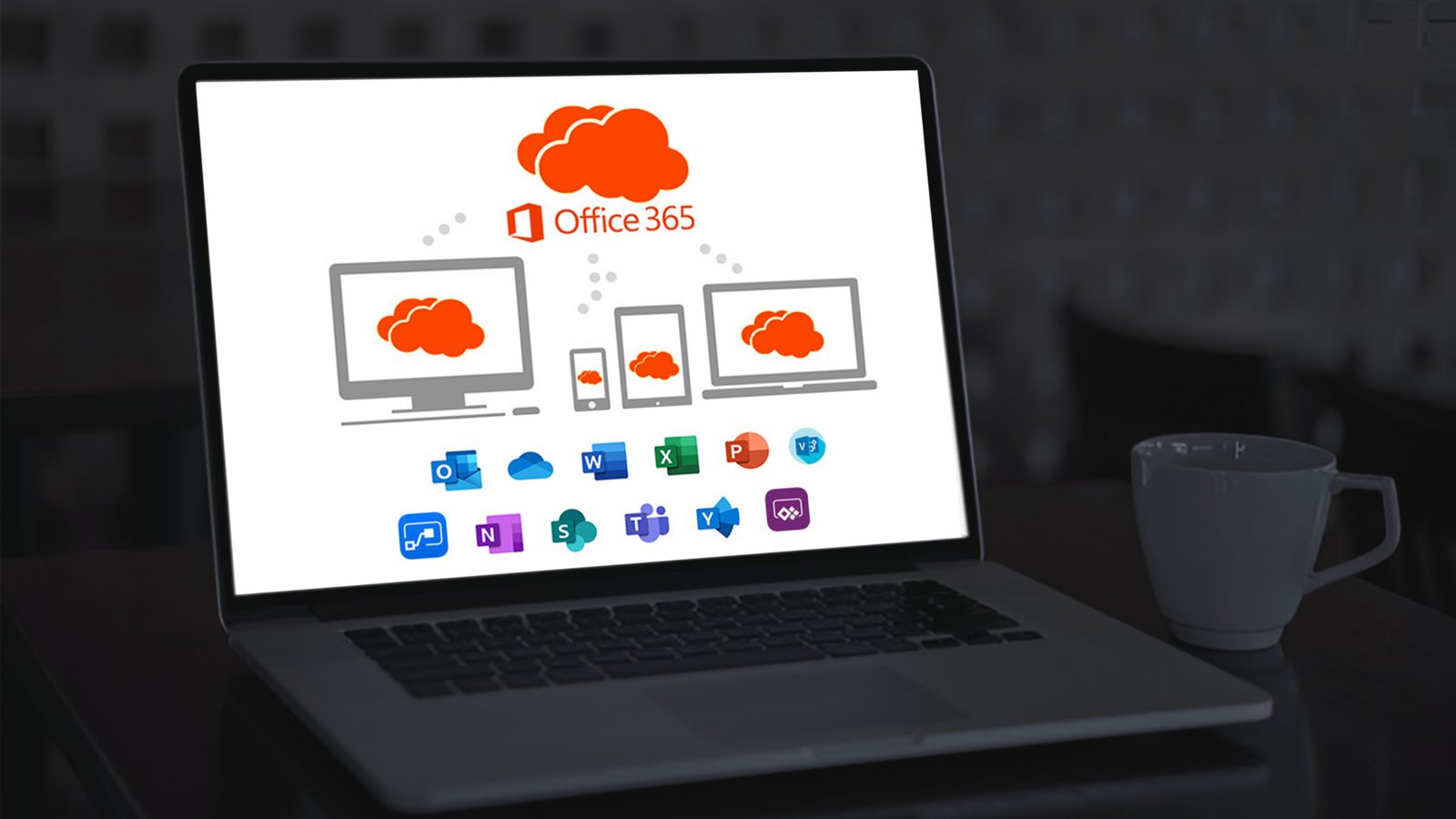In today’s fast-evolving digital landscape, businesses demand speed, scalability, and efficiency. Two technologies leading this transformation are edge computing and cloud services. While each has unique strengths, combining them unlocks unprecedented advantages—enhanced performance, reduced latency, and seamless scalability.
This article explores why integrating edge computing with cloud services is a game-changer for industries like IoT, healthcare, manufacturing, and AI. We’ll break down the key benefits, real-world applications, and how this hybrid approach future-proofs your IT infrastructure.
Understanding Edge Computing and Cloud Services
Before diving into their synergy, let’s define both technologies:
- Edge Computing: Processes data closer to its source (e.g., IoT devices, sensors) rather than sending it to a centralized cloud. This minimizes latency and bandwidth use.
- Cloud Services: Delivers on-demand computing resources (storage, processing, analytics) via remote data centers, offering scalability and cost efficiency.
While cloud computing excels in handling massive data workloads, edge computing ensures real-time processing. Together, they create a balanced, high-performance IT ecosystem.
Key Benefits of Combining Edge Computing and Cloud Services
1. Reduced Latency for Real-Time Processing
Industries like autonomous vehicles, telemedicine, and industrial automation rely on millisecond-level responses. Edge computing processes critical data locally, while non-urgent data gets analyzed in the cloud.
Example: A self-driving car uses edge computing to instantly detect obstacles while uploading traffic patterns to the cloud for long-term AI training.
2. Bandwidth Optimization & Cost Savings
Sending all data to the cloud consumes bandwidth and increases costs. Edge computing filters and processes data locally, transmitting only essential insights to the cloud.
Use Case: Smart factories use edge devices to monitor equipment health in real time, sending only anomalies to the cloud for deeper analysis.
3. Enhanced Security & Data Privacy
Edge computing allows sensitive data (e.g., patient records, financial transactions) to be processed locally, reducing exposure to cyber threats during transit. Meanwhile, the cloud provides centralized security updates and compliance management.
Example: Hospitals process patient vitals at the edge for immediate alerts while storing encrypted records in HIPAA-compliant cloud servers.
4. Improved Reliability & Offline Capabilities
Cloud outages can disrupt operations. Edge computing ensures continuity by functioning independently when cloud connectivity is lost.
Use Case: Retail stores process transactions locally during internet downtime, syncing later with cloud POS systems.
5. Scalability Without Compromising Performance
Cloud services offer unlimited storage and computing power, while edge computing handles localized demands. This hybrid model scales effortlessly as businesses grow.
Example: Streaming services (like Netflix) use edge servers for fast content delivery while leveraging cloud analytics for personalized recommendations.
Real-World Applications of Edge-Cloud Integration
1. Smart Cities & IoT
Traffic sensors at the edge analyze vehicle flow in real time, while cloud platforms optimize city-wide traffic management.
2. Healthcare & Remote Monitoring
Wearable devices process vital signs instantly (edge) while cloud AI predicts health trends.
3. Manufacturing & Predictive Maintenance
Factory sensors detect machine wear (edge) and cloud AI schedules maintenance before failures occur.
4. Retail & Personalized Experiences
In-store cameras analyze customer behavior (edge), while cloud CRM systems tailor promotions.
Future-Proofing Your Business with Edge + Cloud
As 5G, AI, and IoT expand, the demand for low-latency, high-efficiency computing will soar. Businesses adopting an edge-cloud strategy will lead in:
✔ Faster decision-making (real-time insights)
✔ Lower operational costs (reduced cloud data transfers)
✔ Stronger security (distributed processing)
✔ Seamless scalability (hybrid flexibility)
Conclusion
Combining edge computing and cloud services isn’t just an IT trend—it’s a competitive necessity. By leveraging edge for speed and the cloud for scale, businesses achieve unmatched efficiency, security, and innovation.
Is your organization ready to harness this powerful duo? The future belongs to those who bridge the gap between instant processing and limitless cloud power.
